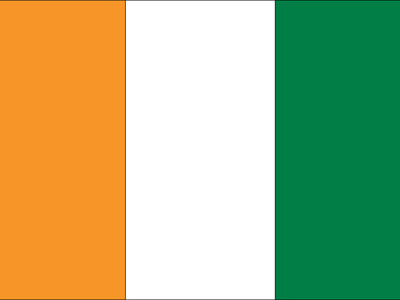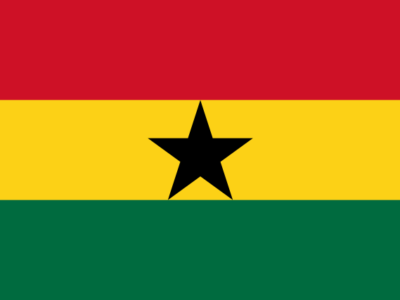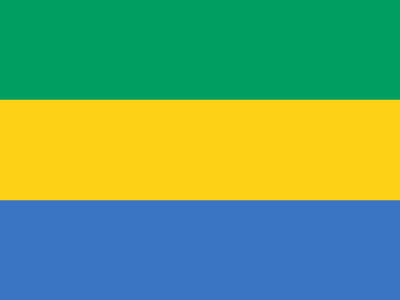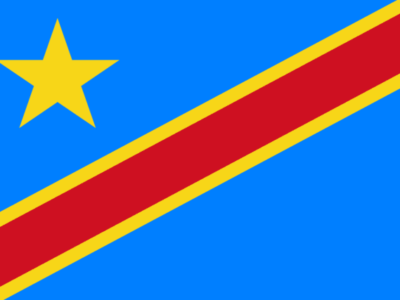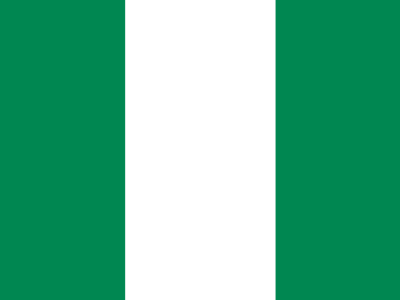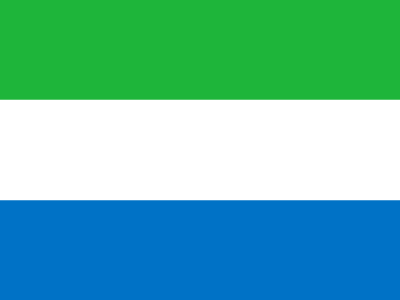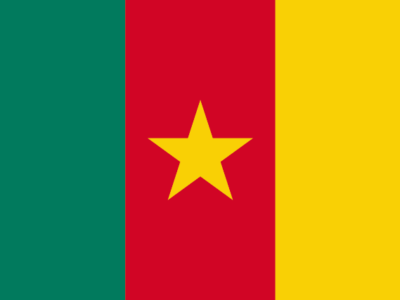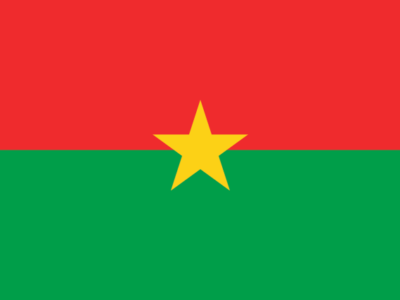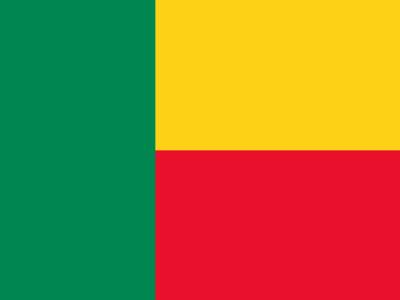Surveys in cassava fields: an essential step in the fight against cassava viral diseases in West and Central Africa
Fighting root and tuber crops viruses requires accurate scientific data on virus strains
present in all the program countries, their geographical distribution, or plant genotypes to
which they are most susceptible. To this end, the WAVE program has been surveying cassava
fields since its inception to better understand and manage root and tuber crops viral
diseases.
Journey to the heart of WAVE Côte d'Ivoire field surveys
Testimonials from WAVE Country Directors on field surveys in their home countries
- Field surveys in Gabon: Testimony from the Country Director, Prof. Jacques
François Mavoungou
After a long lockdown due to COVID 19 spreading, the WAVE Gabon team launched its
survey activities in September 2020. They took place in the two major provinces of Gabon
with a total of 08 departments and 39 villages prospected.
Contact with farmers was very friendly. We met many local producers with whom we
exchanged by first assessing their level of information on cassava diseases, in particular the
cassava mosaic. Then, we trained them on the recognition of CMD symptoms and sensitized
them on the importance of adopting good agricultural practices, particularly by selecting
healthy cuttings when renewing their fields.
All cassava value chain stakeholders we encountered, unanimously expressed their
willingness to receive frequent capacity building trainings not only on epidemiological
surveillance, but also on good agricultural practices for production improvement.
However, we faced some difficulties, particularly during these surveys:
– Accessibility of the farms: It should be noted that cassava fields in Gabon are not on
the roadside, but often 1, to 3 km from major roads. It is necessary to walk long
distances to visit fields located in forest areas. For the facilitation of the survey
missions, the support of the Ministry of Agriculture was solicited through the
provincial and departmental agricultural officials, who played a key role in making
contacts and identifying tracks leading to the cassava fields.
The distance between departments in the same province: The surface area of Gabon
is large with distanced provinces. As not all roads are paved, access to some
departments required a lot of effort and driving skills
After this first phase of surveys, laboratory work for molecular diagnostics has started,
pending the launch of the second phase in the other provinces.
- Field surveys in Cameroon: Testimony from the Country Director, Dr. Oumar
Doungous
Surveys in Cameroon started in August 2020. Cassava is produced in almost all 10 regions of
Cameroon. To date, 8 regions have been surveyed, representing 246 fields.
Contact with the local population, farmers and cassava producers, went very well. The
farmers gave us a warm welcome. However, we noticed that many farmers were not aware
of cassava viral diseases. Therefore, we sensitized them on CMD symptoms recognition and
management with a focus on the use of resistant varieties and healthy cuttings for new
fields.
However, during these surveys, we encountered some difficulties related to:
– Certain populations reluctance: in some cases, local populations did not grant us
permission to visit fields when owners were absent. In most cases, we were able to convince
them with pedagogy and diplomacy.
– The state of the roads: in some places, roads were really bumpy. We resorted to crossing
rivers by walking or using the ferry to access the fields. In some areas, we couldn’t cross
bridges because they were damaged by heavy trucks. The only solution was to turn back
after travelling more than 300 km.
– In grazing areas, it is difficult to find cassava fields around villages. As the fields are far
away from living areas, we often used local guides and went on foot to visit the fields.
The next steps after these surveys will be laboratory analysis. These will take place in the
laboratories of WAVE Gabon or WAVE DRC, while waiting to finalize the construction of the
WAVE Cameroon laboratory.
- Surveys in Benin: Testimony from the Country Director, Prof. Corneille Ahanhanzo
Surveys in Benin took place in 72 of the 77 communes.
During these surveys, we encountered difficulties related mainly to the impracticability of
many roads which did not allow the team to survey all planned localities and communes. For
example, the communes of Sinendé and Karimama could not be surveyed due to the
inaccessibility of the fields, in spite of the fact that all the communes bordering these two
communes are CMD Hotspots.
We are now beginning the key stage of laboratory analyses.
